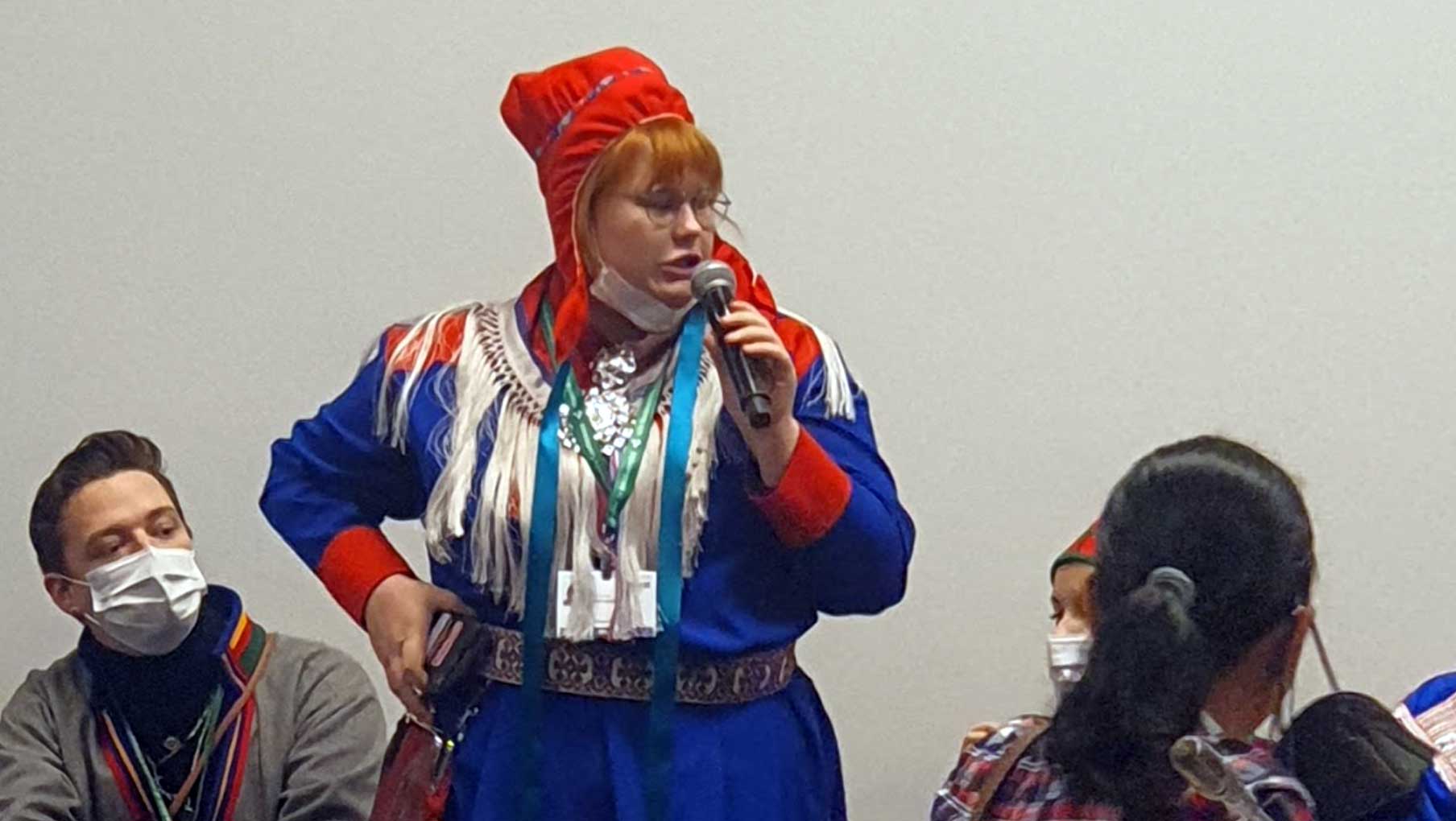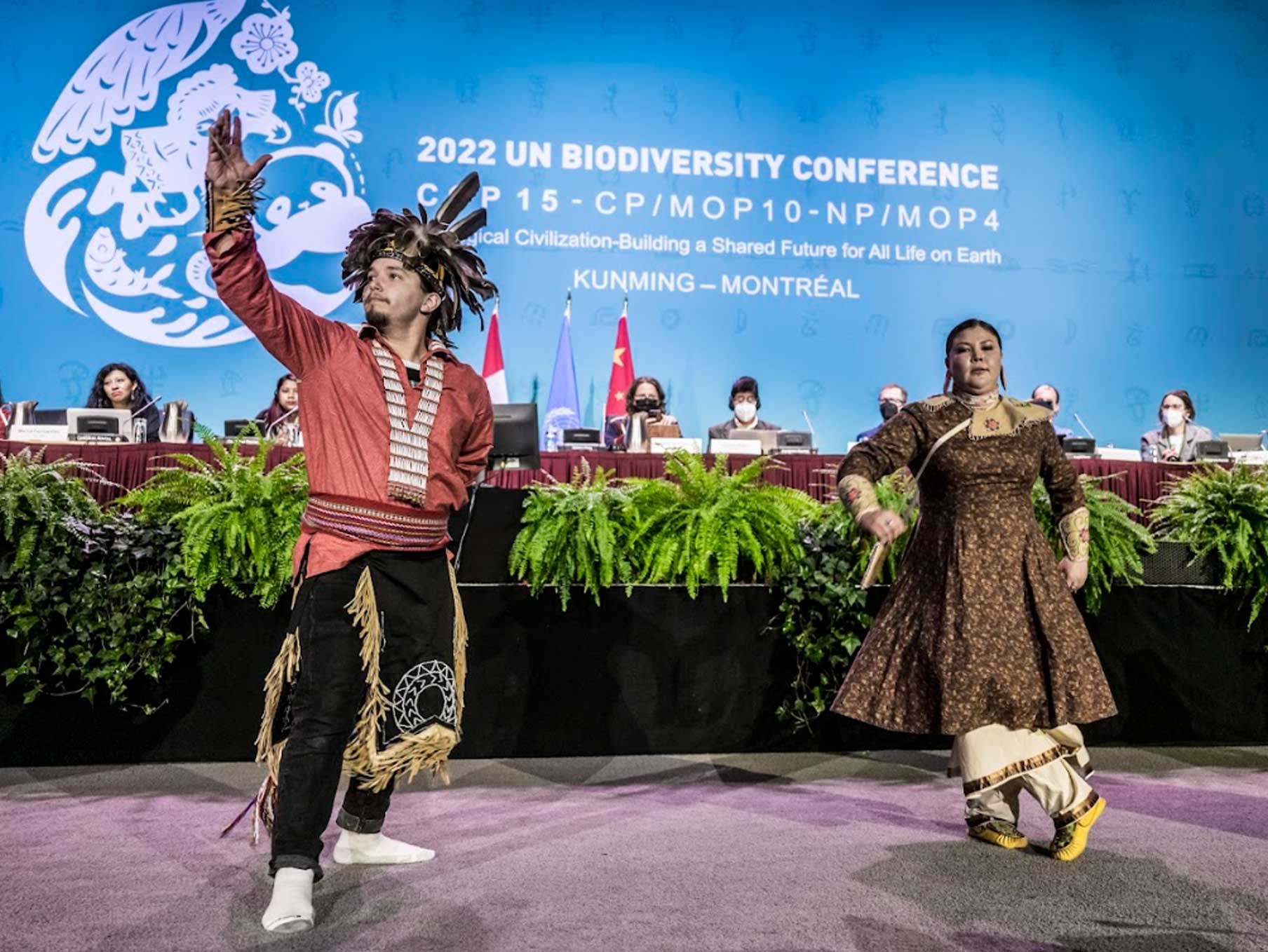How indigenous people acquire and transmit knowledge
Indigenous and local knowledge (ILK) originates in culture, and to the extent that it is also a spiritual heritage, in an understanding of behavior and values such as respect and trust in the context of relationships, as for instance, between and among family members. Indigenous people have related to one another using common communication elements such as symbols, signs, and songs. Their gathering places have always been in nature, that is, in forest clearings or riversides. To the outsider, the indigenous way of life would take some time to decipher and understand. For indigenous people, they are part of Mother Nature who allows their rituals and expressions to permeate everything on the Earth – the soil, plants, trees, flowers, stones, caves, mountains, birds, fishes, water, air, and sky – in a symbiotic relationship of deep regard and affection. The younger generations perceive this through emotional and spiritual renewal and connection to nature. Deep affinity with Mother Nature is not only a source of happiness, but also motivation to be beautiful, and, further energized by the spirit of Mother Nature, to be as expressive whether it be through song or bodily expression.
It is thus that oneness and harmonious relationship with and in nature is the keystone in understanding indigenous culture, knowledge, and spiritual heritage. From childhood, indigenous peoples are already relating with biodiversity and managing upstream and downstream natural resources minding the inter-linkages in nature.
Key learnings from the Kunming-Montreal Conference on the Global Biodiversity Framework
The important role and contribution of indigenous and local knowledge as well as the values system of indigenous peoples and local communities in relation to biodiversity have been lengthily discussed in the United Nations. Various events with indigenous peoples and local communities have been held discussing indigenous and local knowledge of languages, beliefs, animism, and cosmology, their rituals, ceremonies, expressions, ownership systems, affinities, institutions, and values. These have resulted to deeply-webbed networks and interconnectedness around biodiversity worldwide and integration of indigenous peoples’ worldviews and values into the Global Biodiversity Framework (GBF) that came out of the Fifteenth Meeting of the Conference of the Parties (COP15) to the Convention on Biological Diversity (CBD).
COP15, essentially, finalized the succession plan to the 2011-2020 Strategic Plan which put in place urgent measures on transformative change toward protecting biodiversity. Priorities identified in the Conference included greater voice of indigenous peoples and local communities in dialogues on knowledge systems and benefit sharing. There were also discussions on genetic sequencing in light of biodiversity-related risks arising from new and emerging concerns such as digital sequencing and collection and sharing of information on genetic resources associated with traditional knowledge. Alternatively, these have been taken up as an agenda in the formulation of the Nagoya Protocol on Access and Benefit Sharing and the Cartagena Protocol on Biosafety that were participated in by indigenous peoples and local communities. Synthetic biology, modern biotechnology, genetic engineering including gene drive involving living modified organisms, as well as horizon scanning have all been addressed in the socioeconomic and capacity building outcomes in COP15.

The GBF has a total of 23 targets addressing loss of biodiversity especially in areas of high importance and ensuring ecosystems are of high ecological integrity, with the aim of close to zero biodiversity loss by 2030. Of particular interest is the target on recognizing indigenous and traditional territories (Target 3) which has been included as a result of the collective advocacy work of indigenous peoples and local communities. Another pertains to the targets related to wild species and protection of their customary sustainable use that reflect indigenous and local knowledge that contribute to wildlife conservation, restoration, and domestication (Targets 5 and 9). Of interest as well is the target on encouraging and enabling financial institutions and business particularly large and transnational companies to put in place policies addressing the risks and challenges identified in the GBF that impact on indigenous and local knowledge, the traditional way of life, traditional livelihoods and occupations including skills, technologies, ecosystems, food, health, and harmonious relationship with Mother Nature (Target 15). The target on communication, education, public participation, and integration of indigenous or traditional and local knowledge, practices, and innovations ensure that activities and processes are done with the free, prior and informed consent of indigenous peoples and local communities.
With recommendations from the Thirteenth Conference on Sustainable Building (SBI3) and the Twenty-third and Twenty-fourth Meetings of the Subsidiary Body on Scientific, Technical and Technological Advice (SBSTTA 23 and 24), institutionalization of mandates as stated in Article 8(j) of the Convention on Biological Diversity (CBD) lies at the heart of indigenous peoples’ ancestral identities and knowledge and continues to give voice for indigenous peoples and local communities.
Implementation implications for Nepal
It is crucial to establish an indigenous institutional mechanism and governance framework in the oversight of customary systems and regulatory biocultural protocols as well as an indigenous plan of action on indigenous and local or traditional knowledge taking into account the principles and philosophy of indigenous peoples as provided in the CBD Article 8(j). In Nepal, a number of initiatives have been established, namely the Nepal Indigenous Strategic Plan of Action, volunteerism in the care of customary systems, biocultural protocol institutionalization aligned to indigenous principles and philosophy focused on the voluntary guidelines in Article 8(j) with involvement of the IPBES ILK taskforce, identification of Liaison Member and National Expert and Nexus 5.4 Lead Author Transformative Change 1 Contributing Author to implement thematic outcomes and provisions of IPBES in the spirit of the CBD.

